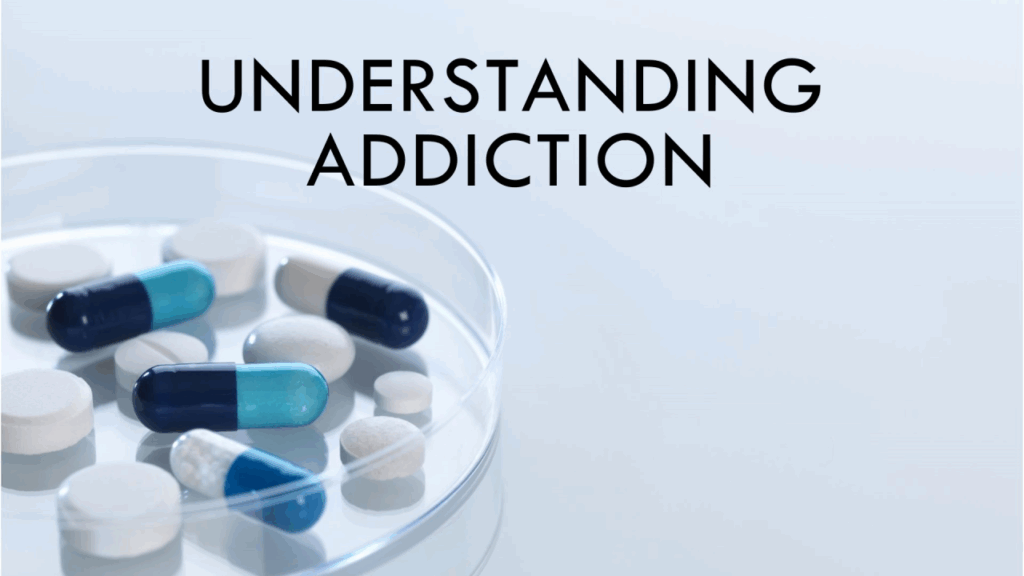
The passage presents a compelling critique of traditional theories of addiction through the lens of the “Rat Park” experiments, drawing parallels to human society. Here’s a structured explanation:
- Original Rat Experiment:
In a classic experiment, rats isolated in barren cages with access to both plain water and drug-laced water (e.g., heroin or cocaine) consistently chose the drugged water, leading to addiction and eventual overdose. This was interpreted as evidence that drugs inherently cause addiction due to their chemical effects. - Bruce Alexander’s Rat Park Experiment:
Psychologist Bruce Alexander challenged this view by creating “Rat Park,” an enriched environment with social interaction, mates, toys, and space. Here, rats had the same choice of water but overwhelmingly preferred the plain water. They consumed minimal amounts of the drugged water and showed no signs of compulsive use or overdose. This suggested that environment, not just drug chemistry, drives addiction. - Challenging Traditional Theories:
- Right-wing theory (addiction as moral failure): Assumes individuals lack self-control or are hedonistic.
- Left-wing theory (addiction as brain hijacking): Attributes addiction solely to drugs’ neurological effects.
Both are refuted by Rat Park, which shows that a fulfilling environment reduces drug use. Addiction is framed as an adaptation to isolation and deprivation, not morality or brain chemistry alone.
- Societal Critique:
The passage argues modern society resembles the barren cage:- Hyperconsumerism/Individualism: Prioritizes consumption (e.g., shopping, social media) over human connection.
- Isolation: People are increasingly disconnected, leading to addiction (to substances, screens, etc.) as a coping mechanism.
- Structural Forces: Society incentivizes bonding with “things” (consumer goods) rather than people, exacerbating loneliness and addiction.
- The Opposite of Addiction:
The author asserts that connection, not sobriety, is the antidote. Addiction thrives in environments of disconnection, and recovery requires rebuilding communal bonds. The critique extends to societal structures that prioritize profit over human well-being, fostering conditions ripe for addiction.
Key Takeaway: Addiction is not a personal failing or purely a chemical issue but a symptom of environmental and social conditions. Addressing it requires systemic change to foster community and reduce isolation, rather than focusing solely on individual behavior or medical treatment. The Rat Park metaphor underscores the need for societies to create “connected cages”—environments that nurture relationships and purpose—to combat addiction.
Leave a Reply